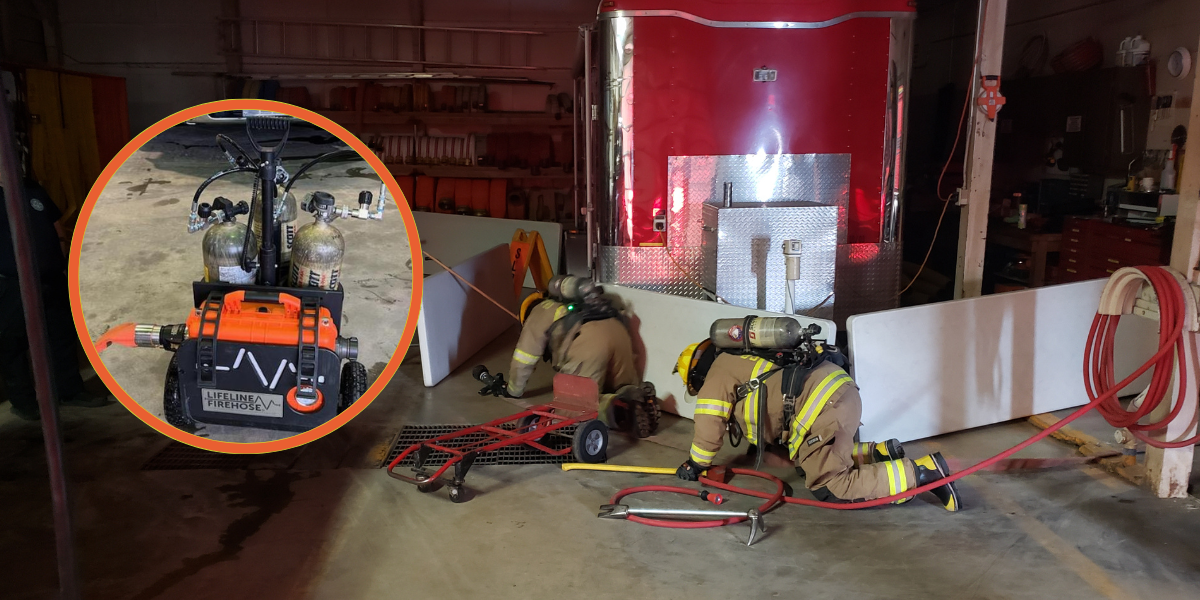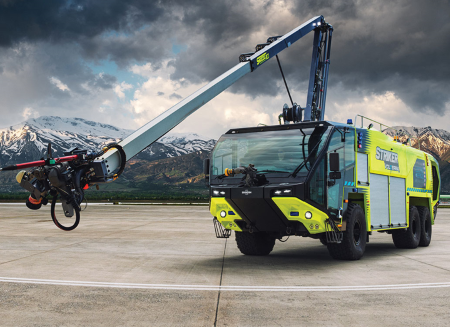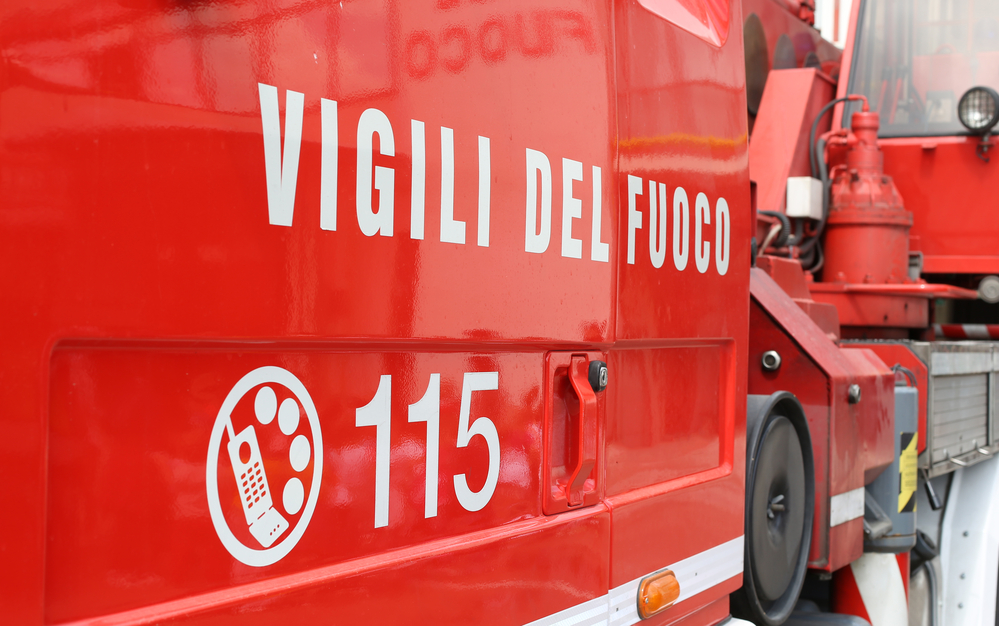Daniel May, Director at Consort Architectural Hardware explores the close relationship between fire safety and ironmongery and how compliance becomes compromised without essential hardware components.
Unpredictable and untameable, fire is a beast that we can’t afford to ignore. It doesn’t prejudice against any building type, and as we’ve seen most recently in Whitechapel, London, it can cause immeasurable damage and loss when fire safety isn’t prioritised.
Fire safety itself is a complex topic, covering a wide range of subjects and themes, from prevention to containment and evacuation – all of which carry great significance when designing and maintaining a fire-safe building. For a building’s architects, specifiers, inspectors and owners, it’s imperative to provide an acceptable level of fire safety for occupants and visitors alike. And for this, fire doors play an integral role.
Recognised as part of a building’s passive fire protection system, fire doors are a means of escape and are tasked with compartmentalising smoke and fire during a fire incident. In doing so, they protect the property and its people for a specified time, most commonly resisting for 30 (FD30) or 60 (FD60) minutes. Yet, fire doors aren’t the only piece of the puzzle.
Combined protection
As is outlined by the Guild of Architectural Ironmongers (GAI), ironmongery and fire safety share a distinguished relationship. To assure performance and compliance, all dedicated fire doors, other than those to locked cupboards and service ducts, must be fitted with the necessary ironmongery components. This includes hinges, door closers, locks and latches.
Each of these hardware components are designed to operate in tandem with a fire door – without them, the door is made redundant. In fact, the integrity of a fire door could immediately be compromised should one area become damaged or fail to meet strict performance standards. To eliminate vulnerabilities, hardware, in accordance with the UK Construction Products Regulations (CPR) must be CE marked (or UKCA after the 1st January 2023) to prove fire performance, and it is a criminal offence to supply products that do not comply.
Fire door closers for example, whether concealed or surface mounted, are required to perform what is considered an essential function in closing a door to completion from any angle into its frame or until the latch engages. In facilitating the closing motion, door closers play an active role in ensuring a fire door accomplishes compartmentation. Because of their significance, controlled closing devices must be tested to BS EN 1154 and fire rated to BS EN 1634. Upon application, a closer must also be compatible with a door’s existing mechanisms and in addition to CE marking, it is highly advised it should be approved by a third-party scheme such as CERTIFIRE, providing the detail needed for its application.
To read more exclusive features and latest news please see our February issue here.
Media contact
Rebecca Morpeth Spayne,
Editor, International Fire Buyer
Tel: +44 (0) 1622 823 922
Email: editor@firebuyer.com








